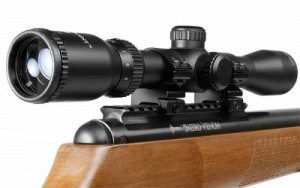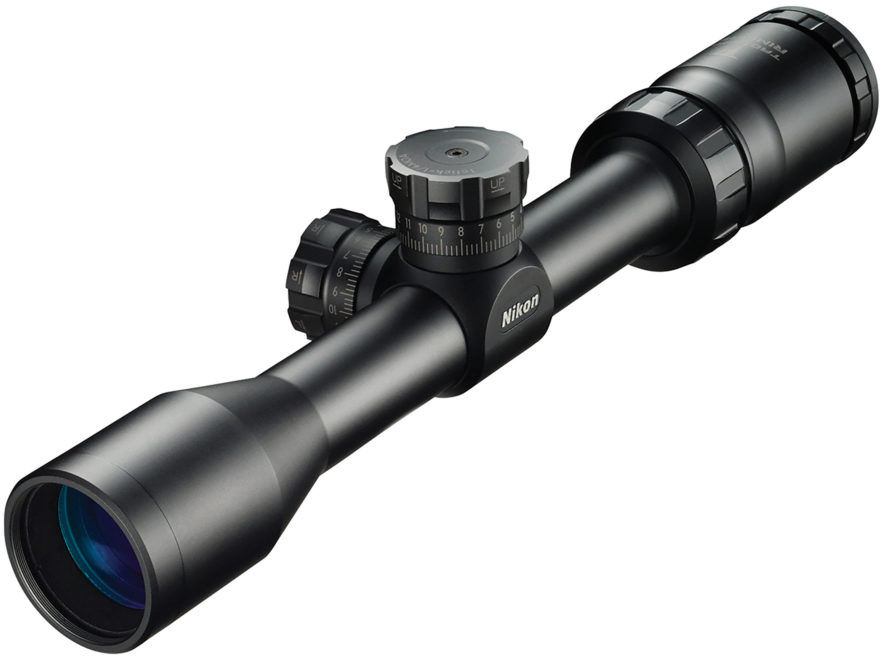A Beginners Choosing Guide for Air Rifle Scopes
- jakobcullen211
- Aug 1, 2019
- 3 min read
For any individual who either claims an air rifle or is considering getting one, you'll, in the end, get round to buying another scope. Be that as it may, what types of an air rifle scope would you be able to show signs of improvement appropriate for undertakings than others?
Depending upon what type of rifle and scope mount you have will manage what type of scope is most appropriate for your rifle. You should pick whether you need a fixed or variable magnification, read the beneath to see more.
What is an Air Rifle Scope?
Just to ensure we're all discussing something very similar! I'll keep this bit short as you will recognize what the purpose of the scope is.
Be that as it may, just to clarify-the best scope for air rifle connects to amount on the highest point of your air rifle. It enables you to hit your target all the more regularly and with more precision as it magnifies, without one, you may battle to see it.

What types of Air Rifle Scope would I be able to Buy?
There are on a very basic level two different types of air rifle scope that you can purchase and they are both identified with magnification.
· Fixed – The magnification of the scope is fixed. These are normally set to a lower magnification control and are most appropriate for plinking and targets that aren't that distant.
· Variable – These types of scope enable you to adjust the magnification control so you can pick between a lower capacity to a higher power.
Basic Components of an Air Rifle Scope
How about we ensure we have the essentials parts of a scope saw first. If yours doesn't have every one of these 'bits' then doesn't stress, not every one of them does. Additionally, some simply aren't significant contingent upon the type of shooting you do.
Visual lens – This is the lens you glance through. Light gathered from the target winds up here.
· Objective lens – This bit of glass is the bigger of the two closures and its unrivaled activity is to gather the same number of photons as it can and send them to your eye.
· Eyepiece – The piece of the scope that contains the visual lens.
· Focus Adjustment – Not constantly present, contingent upon what scope you get however the central change, just put will enable you to get the target into core interest. Particularly helpful if you wear glasses and your eye is somewhat further away from the eyepiece.
· Magnification Adjustment – Or in some cases alluded to as the power modification. Not constantly present but rather if the scope has one this alteration controls how much magnification is being connected to the picture. For example, if you utilize 3X then the picture is being magnified multiple times.
· Illumination Control – Not constantly present. The brightening will ordinarily light up the crosshairs.
· Parallax Adjustment – Not constantly present. In any case, a great scope will be set to be exact at a fixed distance. More data about parallax later in the article. This agent is utilized in mix with higher extents.
· Windage – The scope won't be impeccably lined up with your barrel when you initially change it. To set it up accurately you can utilize the windage and risk controls. The windage will modify the scope in the flat, so if your rifle is shooting to one side or right, it tends to be remedied with this.
· Elevation Adjustment – Like the windage, the height control is utilized when setting up your rifle and to make up for the mistake. If your groupings are excessively high or low you can utilize the rise controls to address it.
What’s all this I hear about the Reticle Type?
If you're asking why there are such huge numbers of types of the reticle, then here's the primary utilization of a portion of the more prominent types:
Crosshair: The first crosshair, excellent for target shooting, however, can be tricky because of articles being holed up behind the crosshairs themselves.
Duplex: It may not be the first but rather it is the most well-known reticle for hunters. The thick external lines enable them to stick out and the slim internal lines take into consideration precision.
Mill-dot: Commonly utilized for long-range purposes and the indents enable you to make estimations identifying with wind and slug drop. More for the expert shooter I think, never required one myself.
Illuminated: Despite the fact that not accessible on all scopes, a significant number of them enable you to illuminated the crosshairs. Actually, I rather like these and simply make the lines 'pop' somewhat more.
Sheard by HuntingPlanners.



Commentaires